In this podcast episode, we talked about how Pinterest works for the content creator. But what if you consider yourself more of a digital marketer? What is the difference between the two terms?
In this episode, we’ll talk about the difference between being a digital marketer and a content creator, and why most people tend to lean one way or the other. We’ll also share some actionable tips for using Pinterest as a digital marketer.
If you haven’t listened to last week’s episode, listen here. Or go back and listen to our episode with Molly Keyser. Kate and Molly talked more in-depth about the difference and how to know which one you might be.
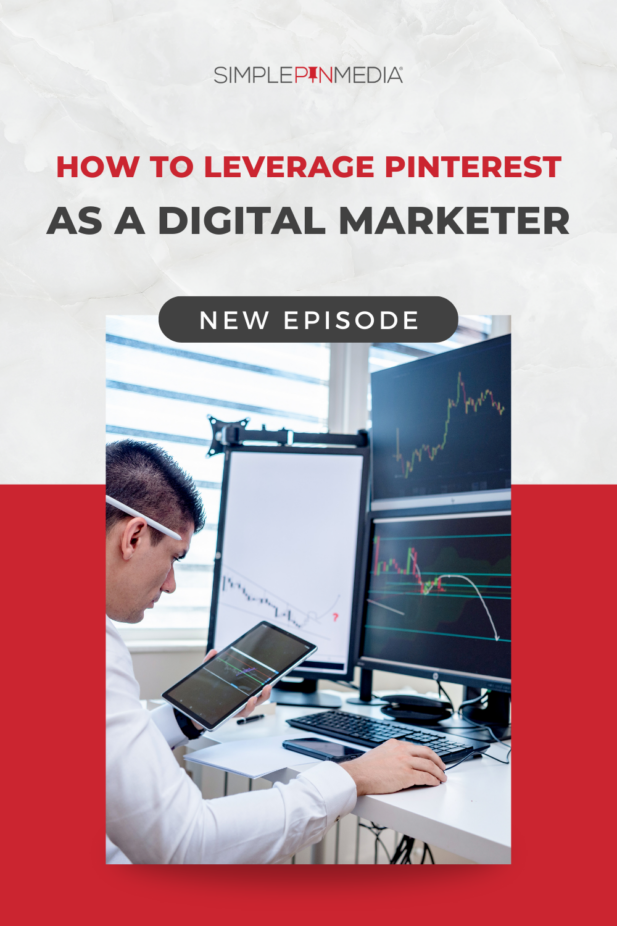
What is a “digital marketer”?
Digital Marketing Institute says a digital marketer is responsible for using a variety of digital channels to generate leads and build brand awareness. They must also use measurable analytics to identify weaknesses and find ways to improve performance.
In this role, you can be responsible for all aspects of a company’s digital side, or you could focus on just one area.
Put another way, these are often people who love crunching numbers. They love strategy and conversion rates. They’re always looking for ways to improve their metrics and can get really excited about small growth in an area that others might not notice.
They often focus heavily on a “cold” audience, or people new to the brand. Where on the flip side, a content creator may be focused more heavily on keeping and maintaining their warm audience.
Digital marketers can be really good at thinking about the customer who hasn’t seen their product or service yet. How do people interact with a brand for the first time? What do the numbers say and how can they guide our decisions and growth ideas?
are you a digital marketer or a content creator?
For online business owners, especially if you’re running solo or just starting out, you really have to be a bit of both, right? But most of us are not wired to do both really WELL.
As business owners, you’re often wearing so many different hats. But one argument in the case for burnout is that many of us are trying to work in an area that we’re not really wired to work in. Some people love numbers, some people would rather take a long nap than look at a spreadsheet of any kind.
Some people have never been able to articulate the difference between digital marketers and content creators. They spend years (and a lot of dollars), trying to learn something or get more proficient at something they just don’t naturally understand.
For example, content creation comes really easy to Kate. Thinking about numbers, conversion rates, and metrics makes her want to bang her head against the wall. Once she realized where her skills are best used, she felt so much more freedom to sink all the way into content creation.
how to use Pinterest as a Digital Marketer
Everything starts with the website or landing page. You want to make sure you have an offer that converts or a product that sells fairly well, or that you know will sell pretty well.
RELATED: Using Pinterest to Sell Products (podcast/blog post)
The audience on Pinterest, especially if they’re totally new to you, requires some warming up. So if you can get them to your website or landing page from Pinterest, you want to make sure what’s on the other side is worth it to them.
In terms of truly warming them up, having a blog portion on your website is really key. Content breathes life into your service, offer, or product. If you’re not going to blog, you want to make sure your landing or sales page is top-notch. Think about Pinterest as your “top of funnel”. This is where potential customers will “funnel” in, and you want to be able to grab them at first glance or first read.
Once they get to the page, and you know what the conversion rate is once they get there, it’s time to find more places on Pinterest to drive that traffic. For example, if for every 10 people that land on your page, 1 goes on to buy or convert, you have a conversion rate of 10%.
RELATED: Why Do People Use Pinterest? (podcast/blog post)
where does pinterest traffic come from?
There are two paths on Pinterest – organic (non-paid) and Pinterest ads (or paid traffic).
We often find that digital marketers are more willing to spend a little money to get more conversions. They know their metrics (including conversion rate), and have a good idea of how much they can spend per lead.
Several years ago, we used to recommend that people had a decent organic presence on Pinterest before running ads. It’s not that way anymore! What’s most important is having a profile page built on the platform, at least 5-10 well-keyworded boards, with 5-10 Pins per board.
Need help setting up your Pinterest profile? Grab our Pinterest Build and Deep Clean PDF Guide in the Simple Pin Shop.
With this setup, there should be a little bit happening organically, and then you can begin to run an ad (or ads) side by side with that. Ads do take about 2-4 weeks to really figure out how they’re working, where Pinterest is showing it, and where it’s seeing the most traction. At this point, you can scale your ads budget, but we never recommend scaling before that.
If someone has only done Meta ads (Facebook or Instagram), they can see results much quicker. Pinterest has always been a marathon, not a sprint, regardless of whether you pay to run ads or not. It’s just a different type of audience.
Once you’ve really dialed in your Pinterest ads (after watching closely and tweaking where needed), this is where the magic happens. Traffic can start to unlock, and it can become a snowball effect from there.

pinterest images
One of the traps we see people fall into, is their Pin image/text not matching the website or landing page on the other end of the click.
For example, the Pin might have a picture of two children playing, but then the landing page talks about “dogs that are family-friendly”. While there is a slight connection, it can feel jarring to the Pinterest user. Especially if they aren’t familiar with your content or website already.
It’s also important to test different images. Do your images with brighter colors get higher conversions and clicks, or is it the pictures with warmer, softer colors? Maybe it’s an image with a person in it, versus an image with just the product?
Pinterest does have a lot of new metrics in their Analytics Audience Insights, which can help you figure out which Pins or image types are performing the best. Then you can turn these into an ad, or create something similar and put money behind it.
Need help with Pinterest images? Check out our Back to Basics: Pinterest Images podcast episode.
FINAL THOUGHT
We really hope this episode has helped you think critically about where you fall when it comes to Pinterest. If you are more of a content creator, or resonate more with digital marketing, this can really change how you use the platform and how you’re leveraging it to make it grow.
We’d love to hear from you! Are you Team Content Creator or Team Digital Marketer? Or maybe you feel like you sit somewhere in the middle. Leave a comment on this blog post or send us a DM on Instagram.
Pinterest Ads Podcast Episodes:
- Using Pinterest Ads Data in Your Organic Marketing
- How to Prep for Pinterest Ads
- Do $5 Pinterest Ads Work?
Simple Pin Products and Resources:
- Simple Pin Media’s Pinterest Marketing Services
- How to Sell TpT Products on Pinterest (Workshop – Simple Pin Shop)
- How to Make Money on Pinterest (YouTube video)
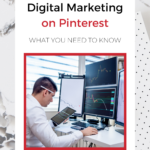
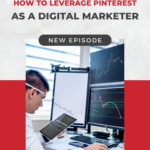

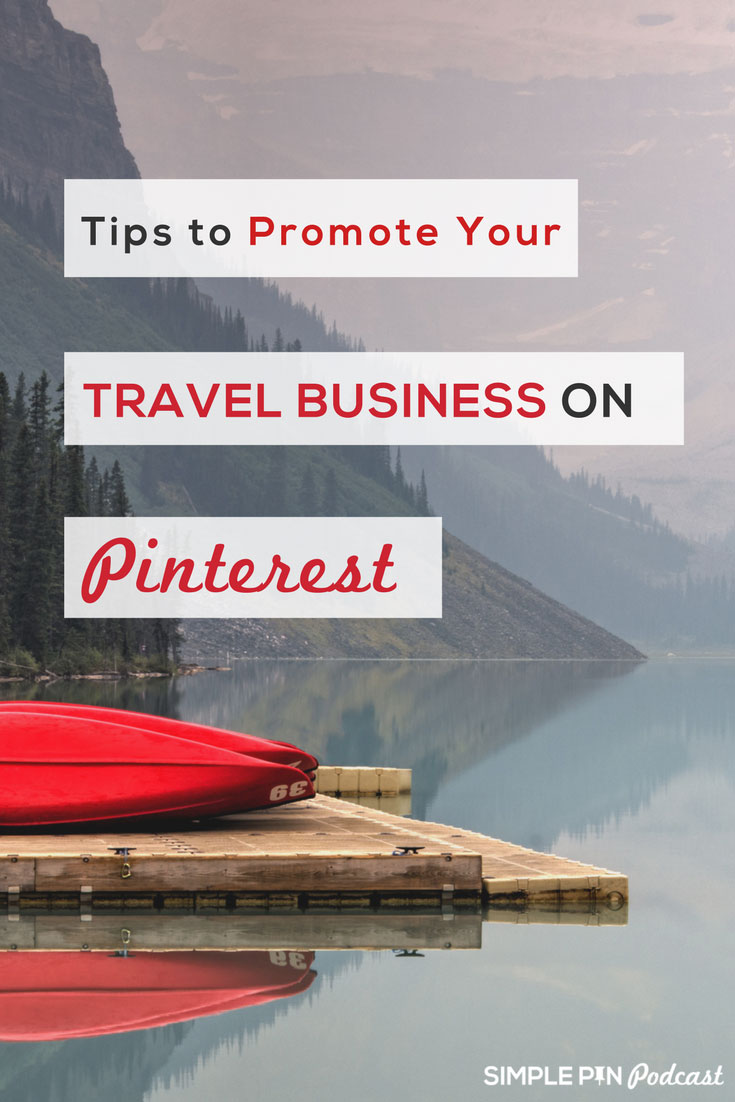


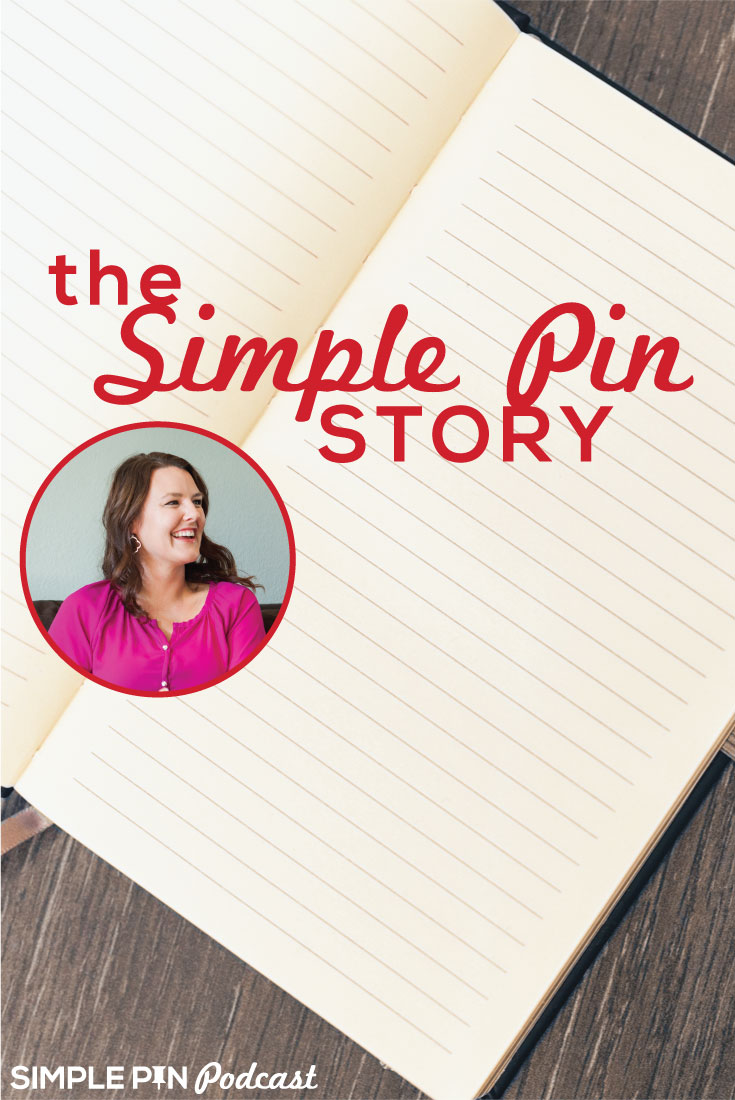


Thanks for the feedback, Diana!